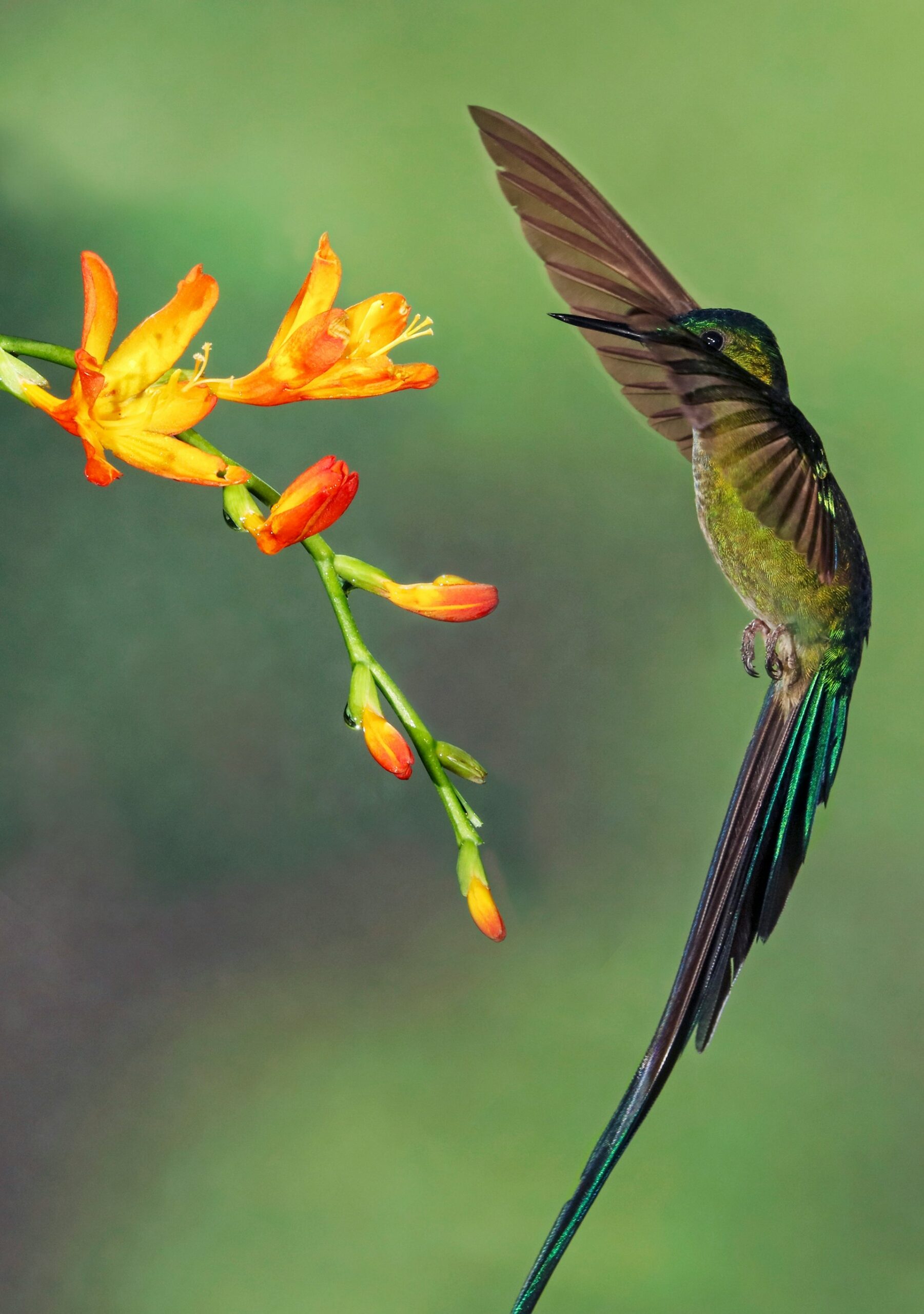Understanding Hummingbird Migration
If you’ve ever marveled at the sight of a hummingbird in motion, you may have wondered why these tiny birds undertake such perilous journeys. The primary reason for hummingbird migration is habitat suitability. These birds embark on migrations looking for warmer climates, ample food sources, and ideal nesting locations as per the information provided by Hummingbird Central.
Many factors influence hummingbird migration, including changes in daylight, declining insect populations, and flower availability. Intriguingly, chemical changes within the birds also play a critical role in signaling when it’s time to migrate. An increase in hormones, for example, can trigger preparation for the journey, while a decrease can signal time to settle and nest.
Preparation for the Journey and Overcoming Obstacles
When it’s time to migrate, hummingbirds pack on extra weight, sometimes up to twice their normal weight. According to Perkypet, this bulking-up is often referred to as “pre-migratory fattening” which enables birds to endure the demands of migration, maintain regular body processes, and navigate extreme conditions.
Hummingbirds do not travel in flocks, contrary to popular belief. Instead, they migrate alone, daily traversing distances up to 500 miles over open waters and deserts. This encourages adaptability and survival in solitary birds. As challenging as it sounds, these formidable birds are equipped with marvelous navigating and survival skills, which allow them to overcome natural obstacles.
Hummingbird’s Strategic Measures and Myths
To confront challenging conditions, hummingbirds employ innovative strategies such as tracking weather patterns, following insect and nectar routes, and sailing on tailwinds to conserve energy during flights. There’s a prevalent myth that these tiny birds hitch rides on the backs of geese during migration. It’s fun to visualize, but there’s no scientific evidence to back up this claim.
Hummingbird migration patterns, distances covered, and durations can greatly vary. Some species fly non-stop for 18 hours over the Gulf of Mexico, covering around 500 miles during their migration, defying even our most extreme athletic endeavors!
Seasonal Migration Patterns and Community Involvement
The seasonal migration patterns of hummingbird species are distinct and fascinating. The Ruby-Throated hummingbird crosses the Gulf of Mexico in spring and return by the same path in the fall. The Calliope and the Black-Chinned hummingbirds also have unique routes and timing. The Hummingbird Central’s Spring 2023 Migration Map provides enticing visuals to understand these patterns more clearly.
Beyond embellishing our backyards, hummingbirds play a crucial role in pollination, and their migration patterns could tell us much about our changing climate. This underscores the value of individual and community engagement with these creatures. Educating ourselves, setting up bird feeders, and working towards sustainable practices all aid in the conservation and appreciation of these remarkable creatures.
<small>Image source: https://unsplash.com/photos/macro-photography-of-bird-and-flower-D72pC3JeOOk </small>

